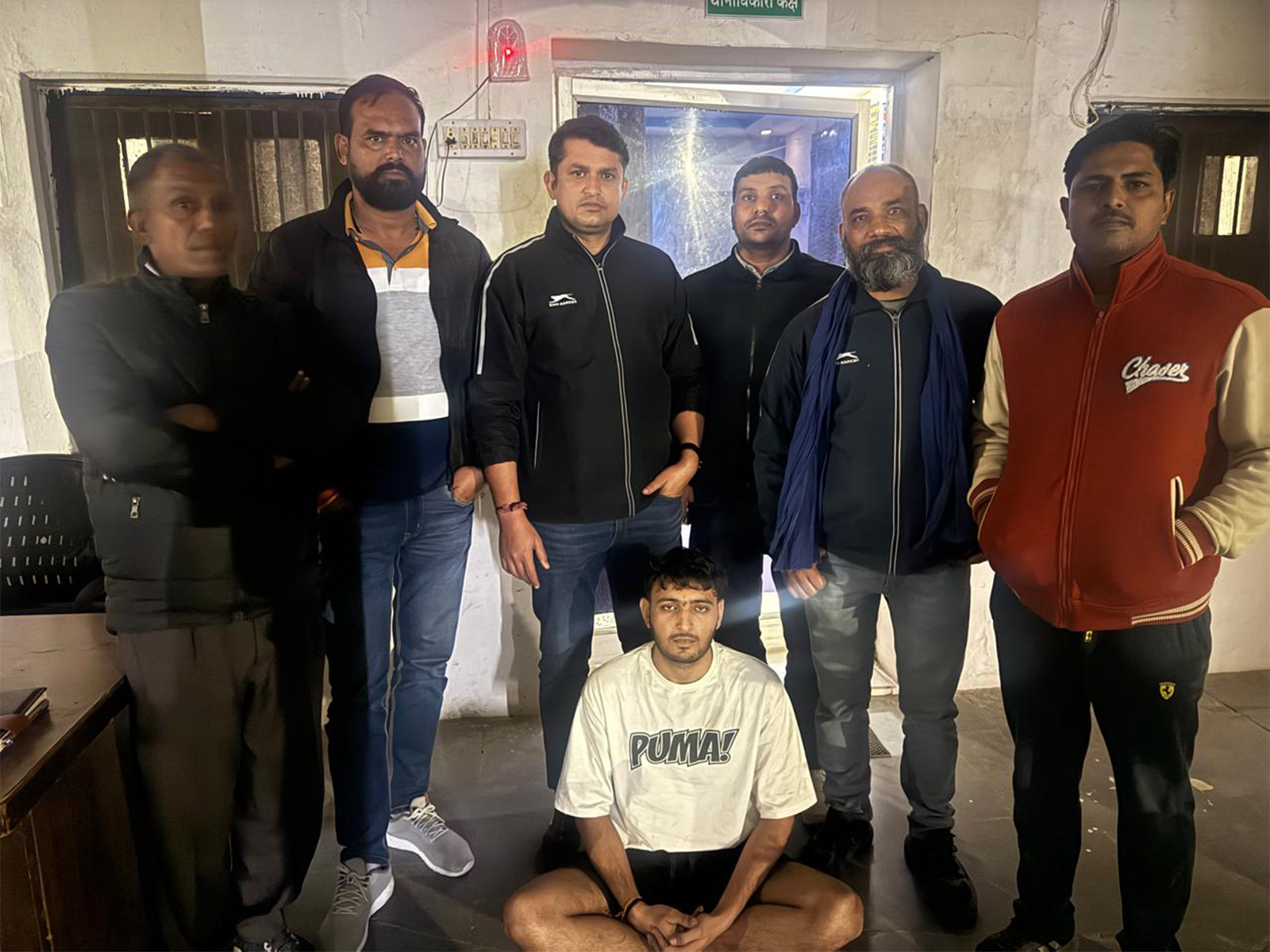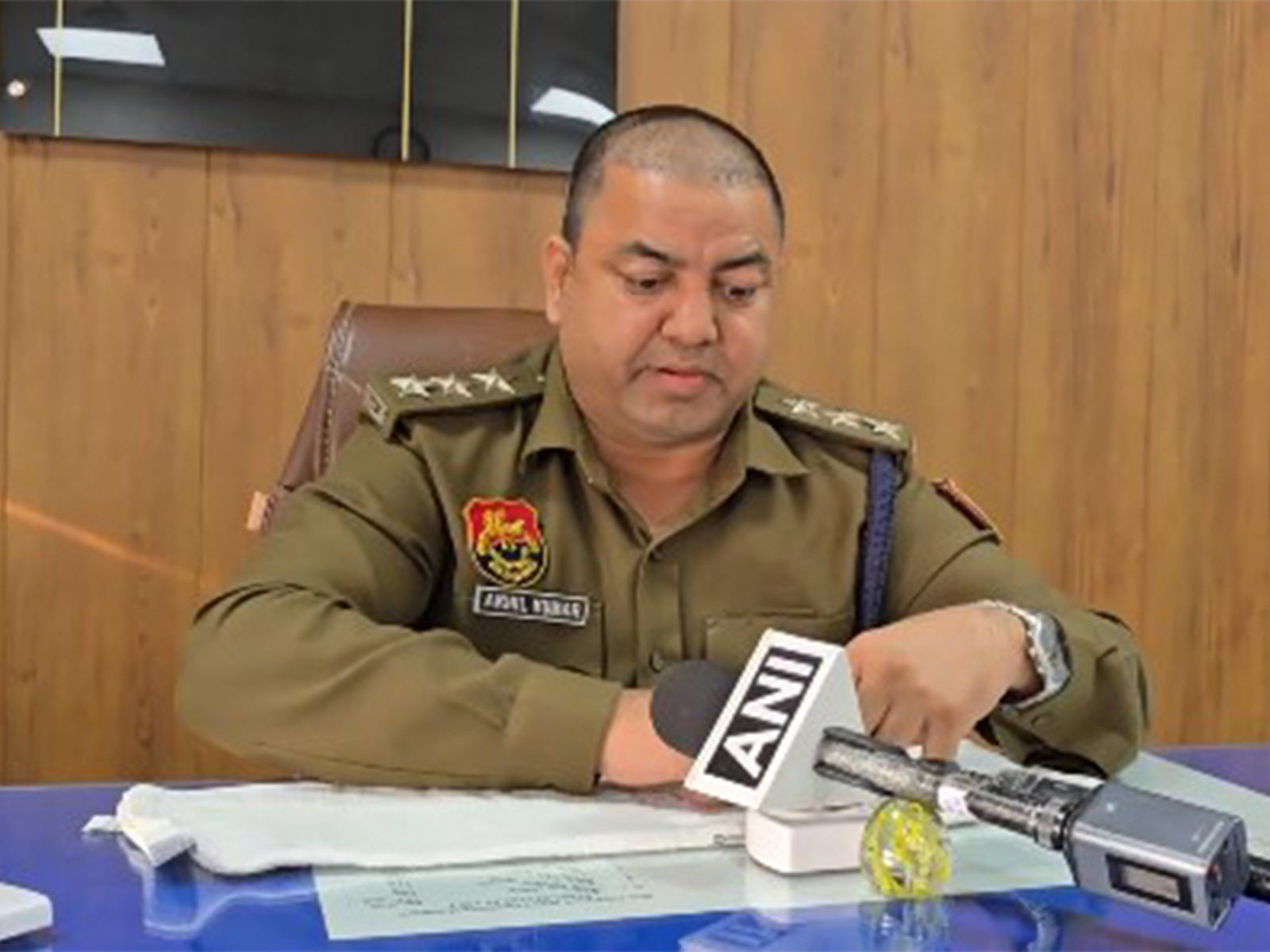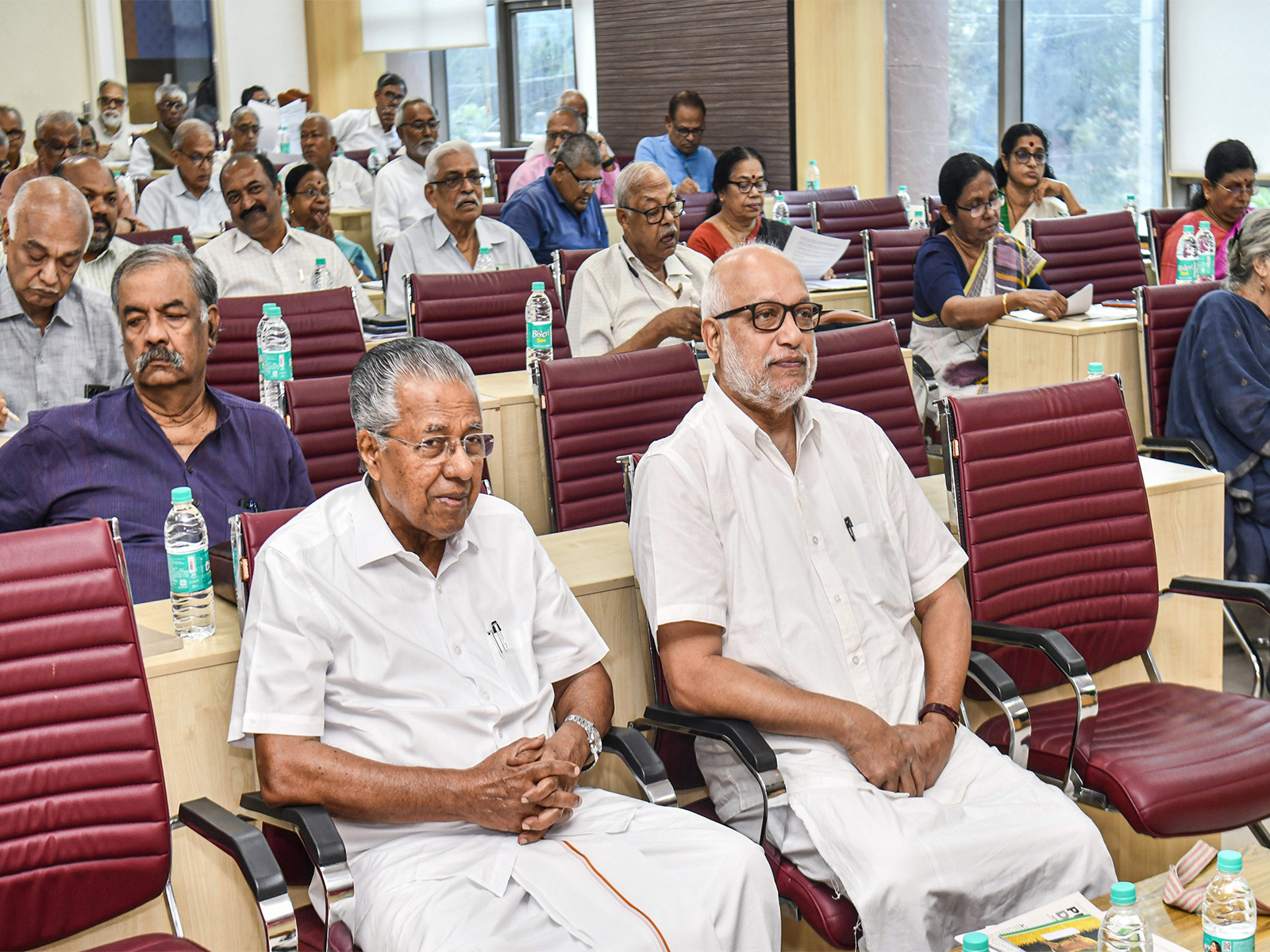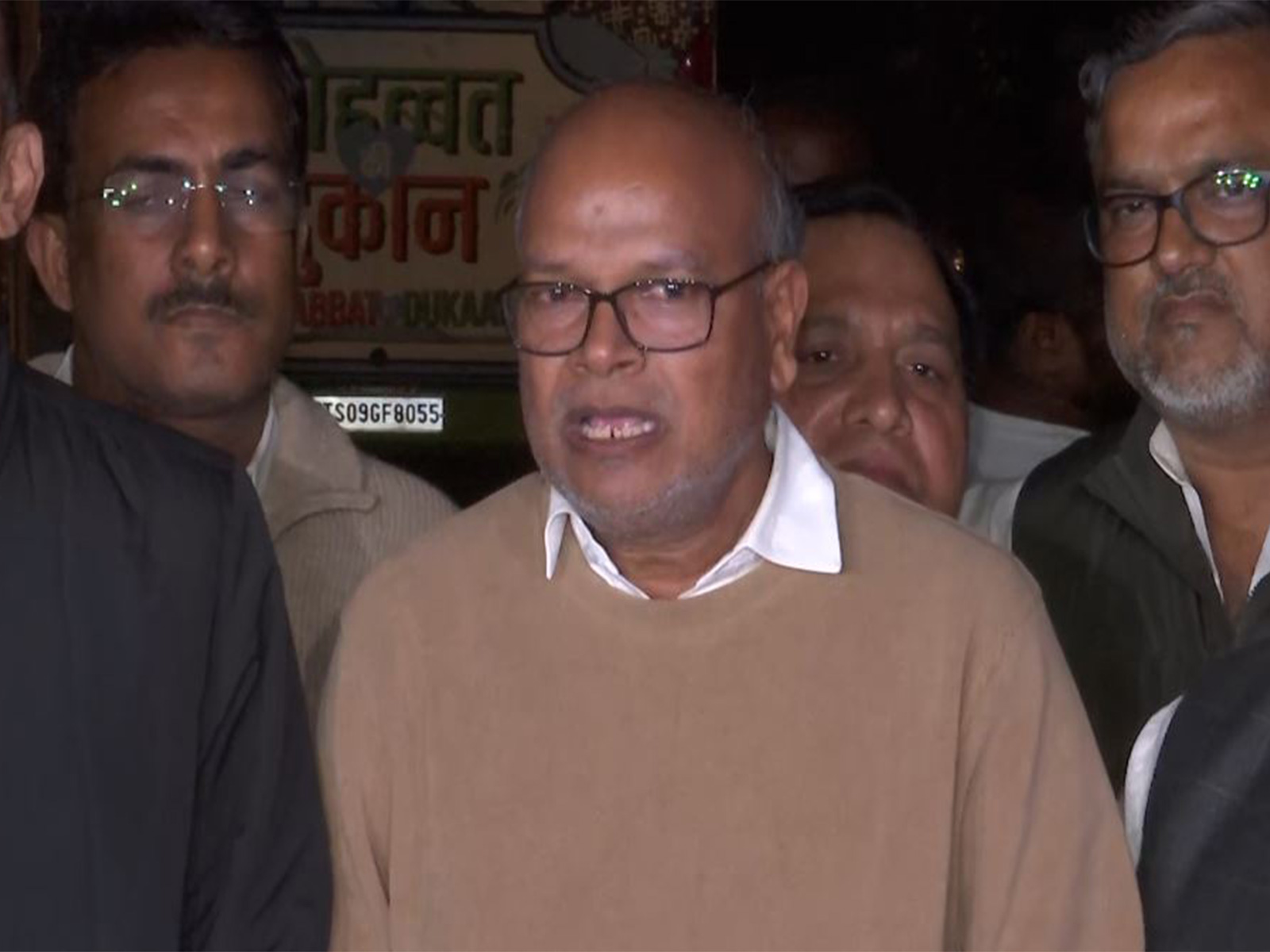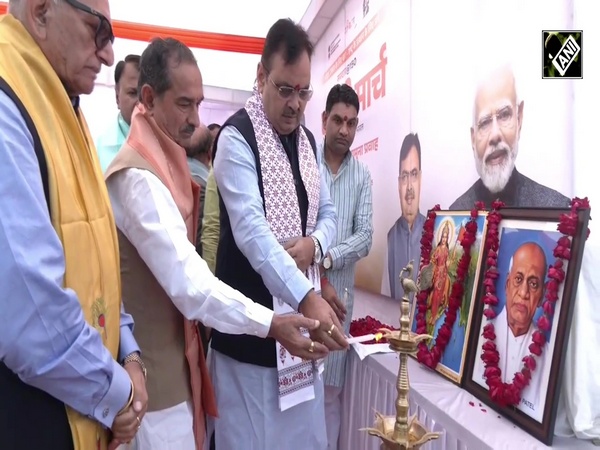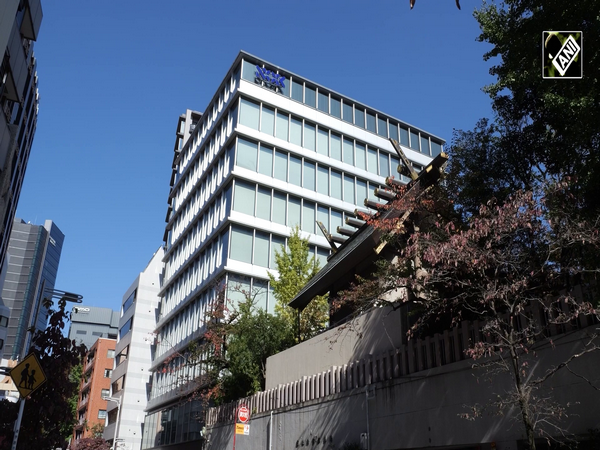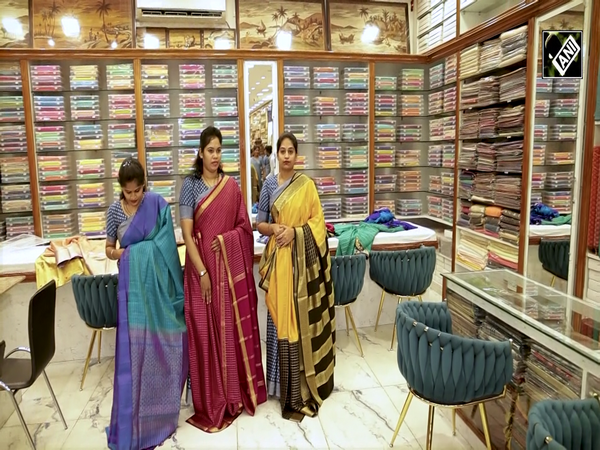IIT Guwahati harnesses clay sedimentation to identify and measure Coronavirus
Jun 06, 2025

Guwahati (Assam) [India], June 6 : Indian Institute of Technology Guwahati researchers have developed a novel method for detecting and measuring the amount of SARS-CoV-2, the virus that causes COVID-19. The innovative approach is based on how quickly a clay-virus-electrolyte mixture settles; a process commonly known as sedimentation, offering a simple and affordable alternative to the complex and expensive methods currently in use for virus detection.
The findings of this research have been published in the prestigious peer-reviewed journal, Applied Clay Science, in a paper co-authored by Prof. T V Bharat, Department of Civil Engineering, and Prof. Sachin Kumar, Department of Biosciences and Bioengineering, along with research scholars Dr Himanshu Yadav and Deepa Mehta at IIT Guwahati.
Posing a threat to human lives globally, COVID-19 pandemic revealed a critical gap in how viral infections are detected and tracked. Current methods, such as Polymerase Chain Reaction (PCR), are highly sensitive but time-consuming and require heavy equipment.
Similarly, the antigen testing is fast but lacks accuracy, while antibody testing is used after the infection has occurred, highlighting limitations at various levels. Additionally, many of these methods are not practical in resource-limited settings or during large-scale outbreaks.
To address these gaps, Prof. T V Bharat, Dept. of Civil Engineering, IIT Guwahati, along with his research team has used Bentonite clay, a clay well known for its ability to absorb pollutants and heavy metals due to its unique chemical structure in collaboration with Prof. Sachin Kumar, Department of Biosciences and Bioengineering.
Previous studies have shown that clay particles can bind with viruses and bacteriophages, making it a promising material for virus detection.
The research team focused on how Bentonite clay interacts with virus particles in a salt environment.
The research team found that a Coronavirus surrogate and Infectious Bronchitis Virus (IBV) bind to the negatively charged clay surfaces at a controlled room temperature and a neutral pH of 7.
Speaking about the findings of the research, Prof. T V Bharat said, "Imagine a world where detecting viruses is as simple as watching sand settle in water. That is the breakthrough we have achieved! Our new method uses clay to quickly identify and measure viruses, like the coronavirus. By observing how the clay settles in a solution, we can determine if a virus is present and how much of it there is. This innovative approach offers a faster, more affordable, and accurate alternative to current methods, paving the way for better disease monitoring and treatment strategies, especially during pandemics, this study is in continuation with our recent studies published in prestigious journals like Langmuir in developing exclusive biomedical waste facilities for disposing pathogenic waste sponsored by Department of Science and Technology, Government of India."
The research team validated their findings using established virus-detection methods, including plaque assay for a coronavirus surrogate and RT-PCR for IBV.
The developed technique produced accurate results in comparison to the standard detection methods, reinforcing its reliability.
Notably, the method can be extended to detect other viruses such as the Newcastle Disease Virus (NDV), which affects poultry and causes major losses in the farming industry.
This development holds great promise for improving how viral outbreaks are monitored and controlled, especially in regions where expensive lab equipment and trained personnel are not readily available. With further refinement, the method could be adapted for use in field kits or simple laboratory setups, making virus detection more accessible and efficient in future public health emergencies.
As the next step, the research team is planning to collaborate with industry partners with medical facilities for clinical trials for SARS-Cov-2 and other viruses.
By partnering with industry, the research team hopes to leverage the resources and expertise necessary to conduct robust clinical trials and ultimately contribute to the global effort to combat viral infections.

